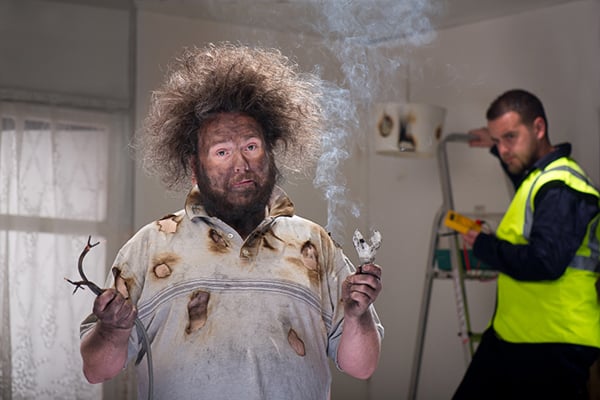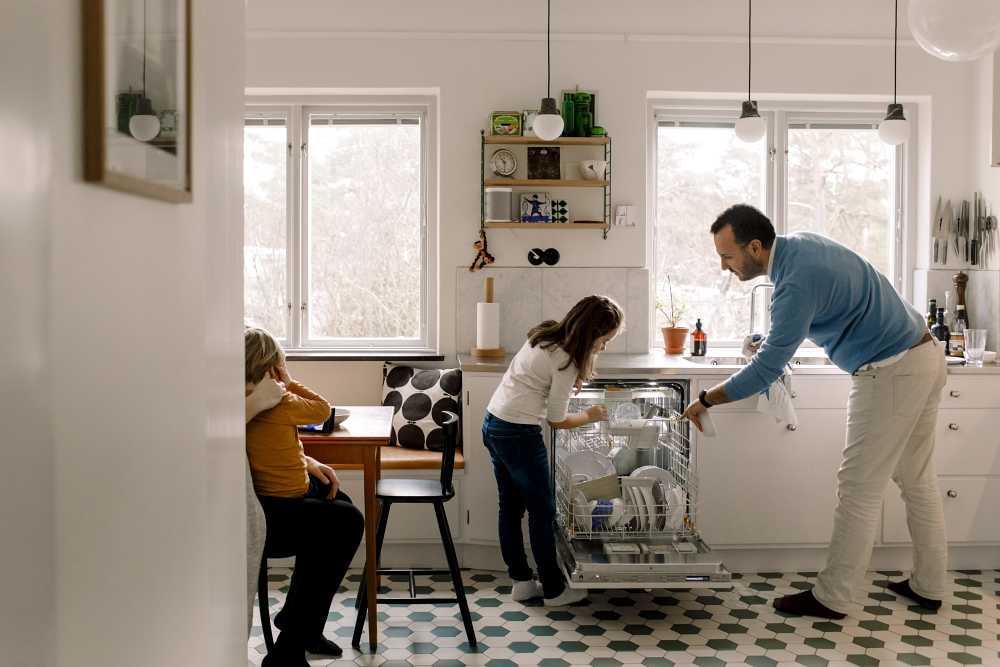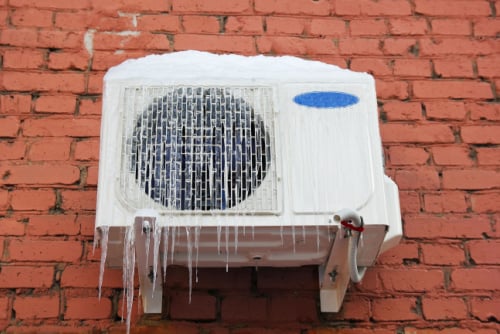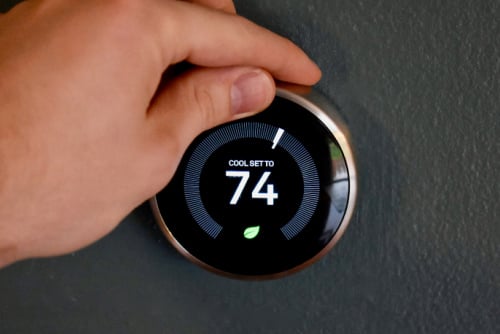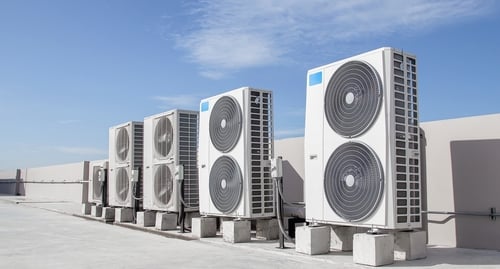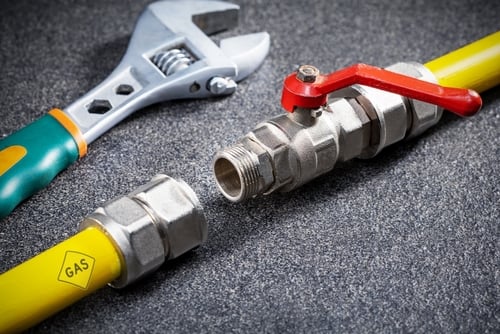For some people, DIY is just a way of life. But whether your goal is to save money or just to enjoy a good challenge, there are some projects that are simply better left to the professionals. Whatever you do, don’t try these at home.
1. Flooring
On the surface, flooring seems like the perfect DIY project. But in reality, there’s much more to it than ripping up the old and replacing it with new. Whether it’s carpet, wood, or tile, there are several steps that (if not done correctly) could mean starting all over again. Plus, you never know what you’ll find underneath. You could have previous flooring material that’s now warped, damaged, or in serious need of staining. Then of course, there’s the subfloor, which could be cracked or rotten and would need to be addressed before anything else can be done.
On top of all of that, there’s the sheer amount of waste that comes with the project. Your trashcan is definitely not big enough to hold it all. Do yourself a favor and call a professional right from the start.
2. Walls
What could be easier than ripping out a wall, right? Wrong. That wall could be supporting another part of the house, or have electrical wiring or plumbing inside. Ripping down a wall like this could cause serious damage to the structure of your home. In addition, sometimes special permits are required for this kind of work, and doing so without a permit could result in a hefty fine. If you decide to do it on your own anyway, always check with a building engineer for advice specific to your situation.
3. Wiring
This one’s really a no-brainer. Do this yourself, and you run the risk of not just electrocution, but also changing the polarity of the wires and losing power to the entire home. This is another project that often requires a permit and possibly even an inspection to complete, so leave it to the electricians.
4. Plumbing
While clogged sinks and bathtub drains can easily be cleaned out by homeowners, anything bigger than that should be left to the professionals. This means you shouldn't ever try to fix a main pipe underneath the sink, install a shower or toilet or redo the plumbing yourself. If done incorrectly, a leak could mean hazardous mold, rotting wood, structural damage, and more – all of which are much more pricey than contacting a plumber in the first place.
5. Large Landscaping
While the small stuff is fine, planting medium-to-large-sized trees is a whole different story. If you want these trees or shrubs to last more than a season, they may need specific care to help them take root.
The same goes for removing trees. Falling limbs could do damage to you, your car, your house, telephone lines, and more. Plus, digging up stumps could cause roots to interfere with underlying water or electrical pipes. Better to play it safe, and get some professional help.
6. Pool Repair and Installation
Pools are a beast all their own. While regular maintenance is fine done on your own, it’s best to leave the big jobs to the pros. Requiring specific tools, training, and manpower, all measurements must be precise, permits and inspections must be passed, and long-term thinking must be done to combat shifting and settling. Pools are meant to be relaxing. Don’t let this one be anything else.
7. Roofing Repairs
If you live in a single-story home with a mildly sloping roof, you can probably get away with a minor shingle and gutter repair. Anything else, however, could be quite dangerous. Falling from a roof, no matter how tall is a real risk – even for professionals. All it takes is one slip-up for gravity to take over. Not to mention that any mistake in the placement of the shingles could lead to a leaky roof. This could cause much bigger problems like water damage, mold, fire hazards from water accumulating near electrical outlets, and higher utility bills from loss of insulation.
8. Gas Appliance Repair
These days, everything from your dryer to your water heater may run on gas. But making the mistake of attempting to repair one of these yourself could prove deadly. Every year, more than 400 people die of carbon monoxide poisoning in the US alone. One way for this to happen is a small leak in the lines that connect to these very appliances. Don’t make the same mistake. Call a professional and rest easy.
Was this article helpful?
